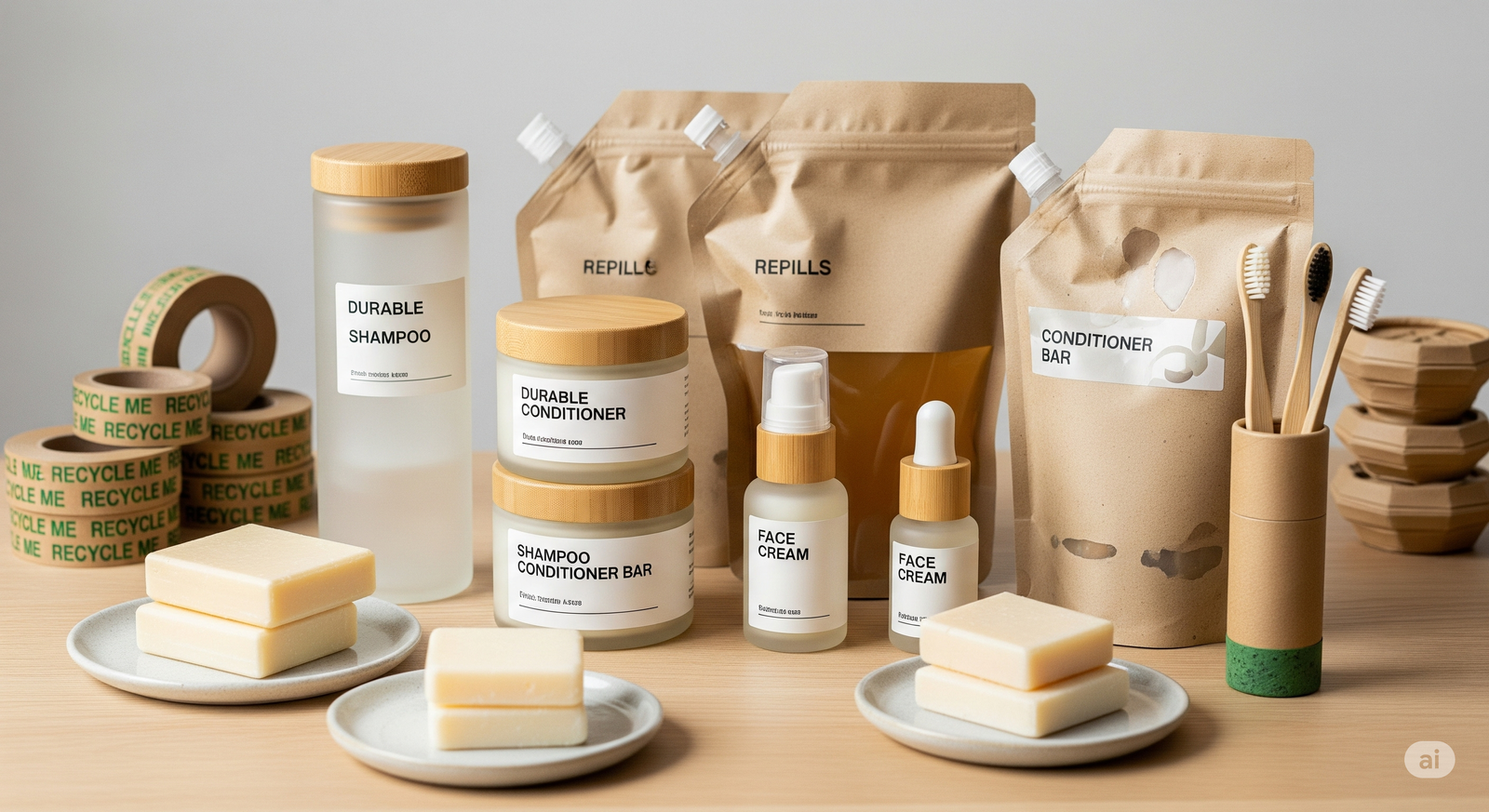Micro-Influencers: The Secret Weapon for Beauty Brand Growth
Discover how beauty micro-influencers drive authentic engagement and brand growth. Explore Admigos influencer insights for smarter beauty brand influencer strategy.
26 Jul'25
By Niharika Paswan

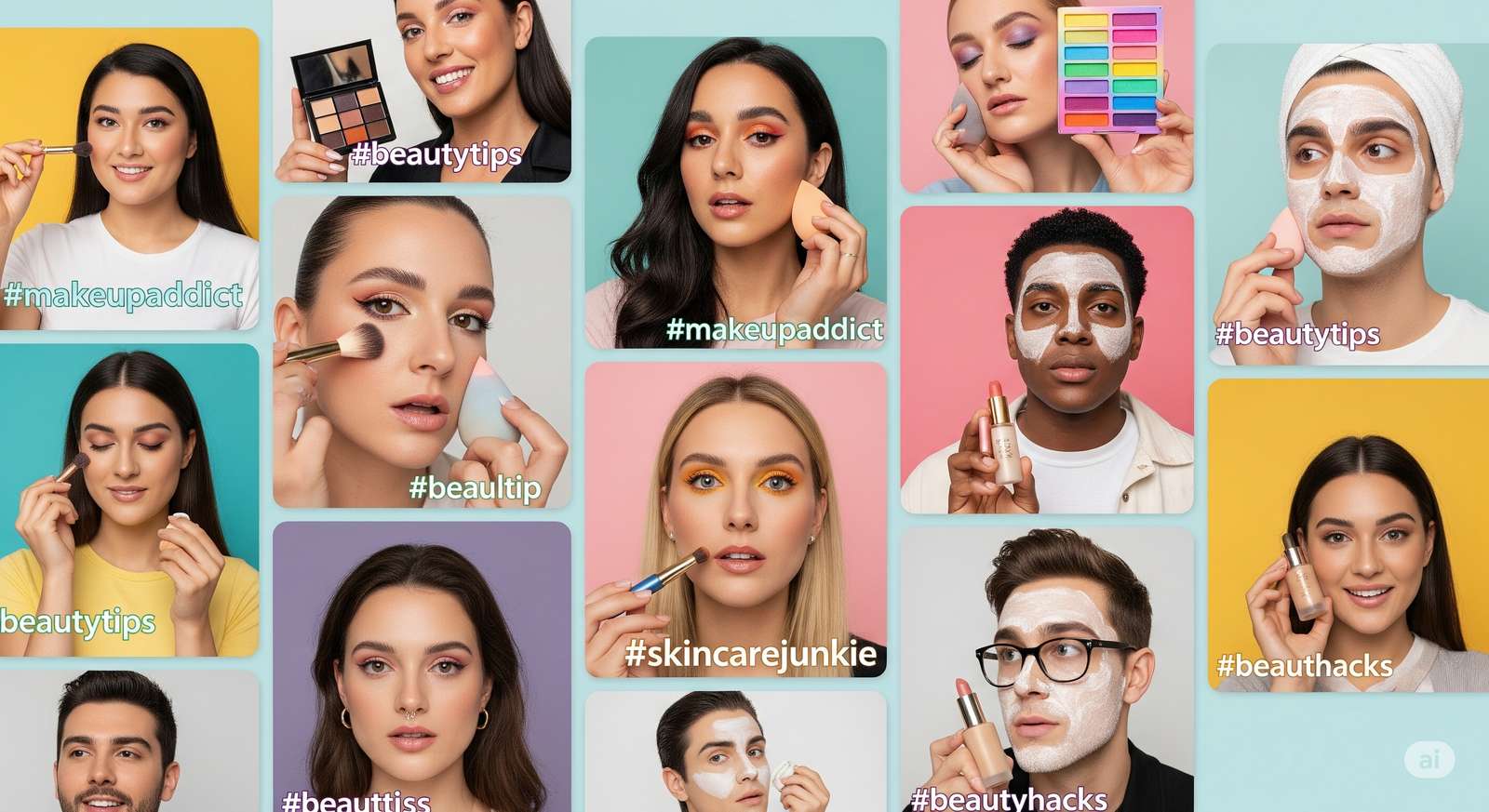
Micro-Influencers: The Secret Weapon for Beauty Brand Growth
In an age where beauty consumers scroll with skepticism, mega influencer endorsements are losing some of their shine. Instead, micro and nano creators those with follower counts ranging from 1,000 to 50,000 are commanding more attention, trust, and conversion. Their niche audiences may be small, but their impact is outsized.
That’s where beauty micro-influencers come in. Not just as content creators, but as community anchors. When leveraged well, they deliver higher engagement, better brand alignment, and more authentic messaging especially for indie and mid-size beauty brands navigating tight budgets or looking to build deeper regional traction.
At Admigos, we’ve seen the performance difference firsthand. Through our campaign audits and influencer analytics platform, Admigos influencer insights, we’ve helped brands identify high-fit micro-partners, track their conversion effectiveness, and scale relationships based on data, not vanity metrics.
Why Micro-Influencers Work Better in Beauty
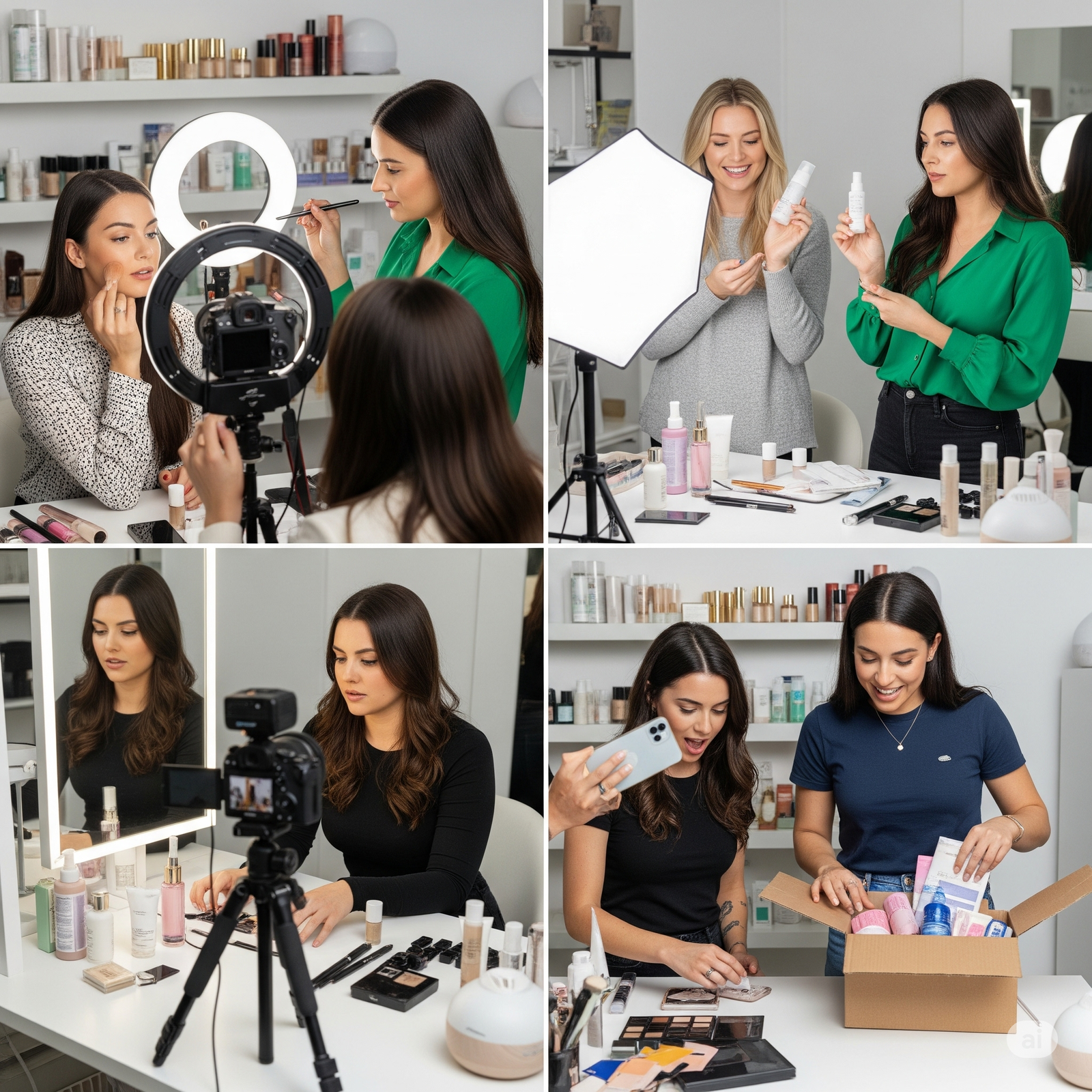
The average Instagram engagement rate for accounts with under 15,000 followers is nearly 3 times higher than those above 100,000. On TikTok, nano creators often outperform celebrity campaigns in views per dollar spent. But it’s not just about numbers. It’s about relationship depth.
Why micro-influencer marketing in beauty stands out:
- Trust factor: Micro-influencers often have direct conversations with their audience. Followers see them as peers, not aspirational celebrities.
- Niche authority: Whether it’s dusky-skin foundation reviews or sensitive-skin K-beauty routines, they often specialize in solving real problems.
- Cost efficiency: Brands can work with multiple creators across geographies or skin types for the cost of a single macro activation.
- Higher content authenticity: Micro-creators typically produce their own visuals, shot in real lighting and tone. This aligns with the growing demand for ‘unfiltered’ beauty narratives.
- A 2023 Nielsen report confirmed that consumers aged 18–34 are 4x more likely to trust a product review from a micro-influencer than from a celebrity. In India, the rise of tier 2 creators who post in regional languages has created powerful new engagement pools for beauty brands looking beyond metros.
Admigos Influencer Insights: What the Data Says
At Admigos, we analyzed beauty campaigns ran in 2023–24 across skincare, cosmetics, and haircare. Our goal was to track how different influencer tiers impacted campaign reach, engagement, and actual sales lift. The findings were clear:
- Campaigns led by beauty micro-influencers (5K–50K followers) delivered higher engagement rates than those led by macro accounts
- User retention (followers who engaged with two or more posts in the campaign period) was higher for micro-tier creators
- For D2C skincare brands, micro-led campaigns contributed up to 43% of total revenue generated from influencer traffic
- Video-first creators under 20K followers had the highest conversion-to-cart rates when product links were shared natively in reels or stories
These outcomes aren’t accidental they’re driven by tighter community connections. Admigos’ internal sentiment analysis also found that comments under micro-creator posts leaned more toward genuine product questions, purchase intent, and skincare routine conversations than under macro-led posts, which often skewed to likes without depth.
How to Choose the Right Micro-Influencer for Your Beauty Brand
Not every creator under 50K followers is a fit. Audience quality, content consistency, and tone of voice matter more than follower count alone. Using Admigos influencer insights, we help brands map creators not just by numbers, but by intent alignment.
Key filters that matter:
- Engagement-to-reach ratio: A creator may have low views but high saves or shares which is a stronger sign of impact.
- Audience demographics: Is the creator’s following mostly in your target market region or age group?
- Tone match: Does their style align with your brand clean girl aesthetic, maximalist glam, ingredient-led, etc.?
- Content cadence: Creators who consistently post reviews or GRWMs build stronger beauty credibility.
- Conversion readiness: Are they comfortable using affiliate links, custom codes, or app integrations?
Content That Works: Formats and Topics That Drive Action
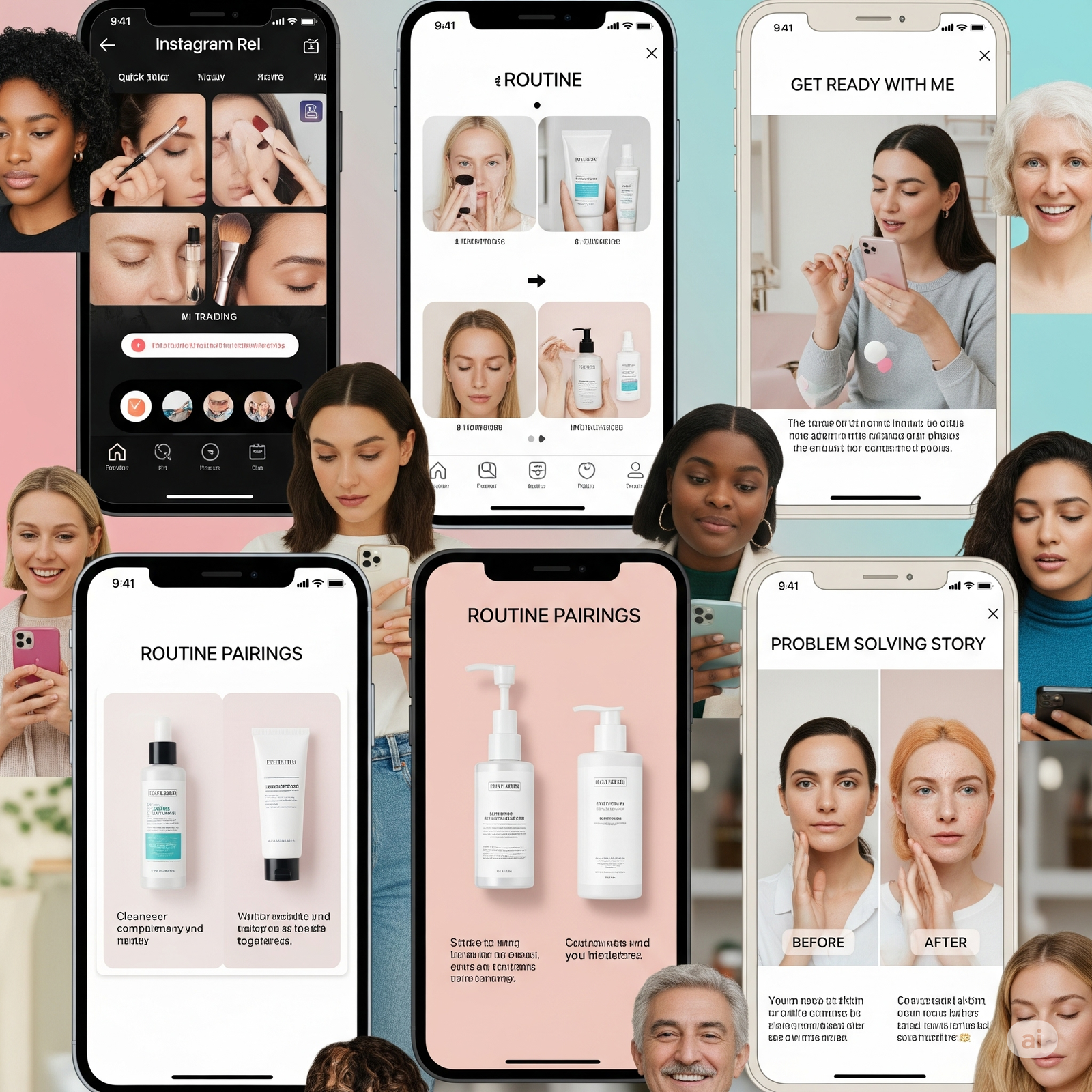
Micro-creators are powerful not just because of who they reach but how they communicate. The most successful micro-influencer marketing beauty content leans into honesty, experimentation, and visible results.
Best-performing formats across platforms:
- Instagram Reels: 30–60 second “before-after” glow ups or texture tests with natural lighting
- TikTok-style breakdowns: Short-form ingredient deep dives or dupes using trending sounds
- GRWM (Get Ready With Me): Where Vitamin C serums, sunscreens, or matte lipsticks are showcased in real-time
- Routine pairings: Layering videos that explain how products work together are useful for bundles
- Problem-solving stories: "How I fixed my dry under-eyes" or “my go-to lipstick for dark lips”
The closer the content is to a real routine, the higher the trust. Admigos campaign testing found that scripted influencer briefs underperformed when compared to self-led creator scripts using the same product. Shopify offers a comprehensive guide to influencer marketing in 2025, covering key trends, strategies, and platform best practices.
How Admigos Helps Beauty Brands Build Winning Influencer Strategies
Tracking influencers is no longer about likes it’s about alignment, ROI, and ongoing relevance. At Admigos, we’ve built a proprietary system that combines performance data with community analysis to help brands pick, test, and scale the right influencer tier.
What our influencer solutions include:
- Micro-influencer discovery by niche (e.g., curly hair care, dusky-tone makeup, teen acne).
- Real-time analytics dashboards to track views, saves, DMs, swipe-ups, and conversions.
- Tiered campaign models where brands test across nano, micro, and macro to see what converts.
- Creative benchmarking: what visual style, tone, or script direction performs best for your product category.
- Ongoing sentiment and loyalty analysis to measure repeat mentions, product integration, and ambassador potential.
- Statusphere shares insights on influencer content tracking, highlighting tools to monitor posts and measure influencer performance effectively.
From Campaigns to Communities: The Long Game of Micro-Influencer Loyalty
The smartest brands don’t treat influencers as one-time posters. They build micro-communities tight-knit groups of recurring creators who grow with the brand and foster user trust through consistency. This means re-engaging creators across seasons, involving them in product testing or naming, and highlighting their feedback in marketing materials. Admigos has seen that repeat creators deliver better results over time due to audience familiarity and trust.
How brands are building community-led influence:
- Monthly creator features or takeovers on brand pages
- Custom discount codes that reward both creator and follower
- Early access to product drops, limited editions, or insider events
- Creator testimonials used in email marketing or landing pages
Micro-influencers may not have billboards, but they have bedroom trust. Their followers DM them for product recs, believe their reviews, and mimic their rituals. That’s influence in its truest form and it builds brand equity that lasts beyond campaigns. Influencer Marketing Hub presents an in-depth report on the current state and impact of influencer marketing.
Final Take: Think Small, Grow Big
In beauty marketing, authenticity wins. And in a world saturated with sameness, beauty micro-influencers offer something rare, real community connection. They don’t just promote they persuade, teach, and often convert through sheer trust. For brands, especially in skincare, haircare, or color cosmetics, tapping into these micro-communities is not a shortcut. It’s a strategy. A strategy that requires careful match-making, content autonomy, and performance tracking.
With Admigos influencer insights, beauty brands can move beyond guesswork. They can test smarter, optimize faster, and scale what actually works and not what just looks good on a brief. Because in 2025, your biggest brand advocates might not be the ones with a million followers. They might be the ones with 5,000 and a loyal community ready to glow with you.
— By Niharika Paswan
Combatting SKU Overload in Beauty Brands: Strategic Portfolio Planning
Streamline beauty brand SKU management with Admigos SKU analytics. Learn smart product portfolio strategy to reduce fatigue and drive profitability in 2025.
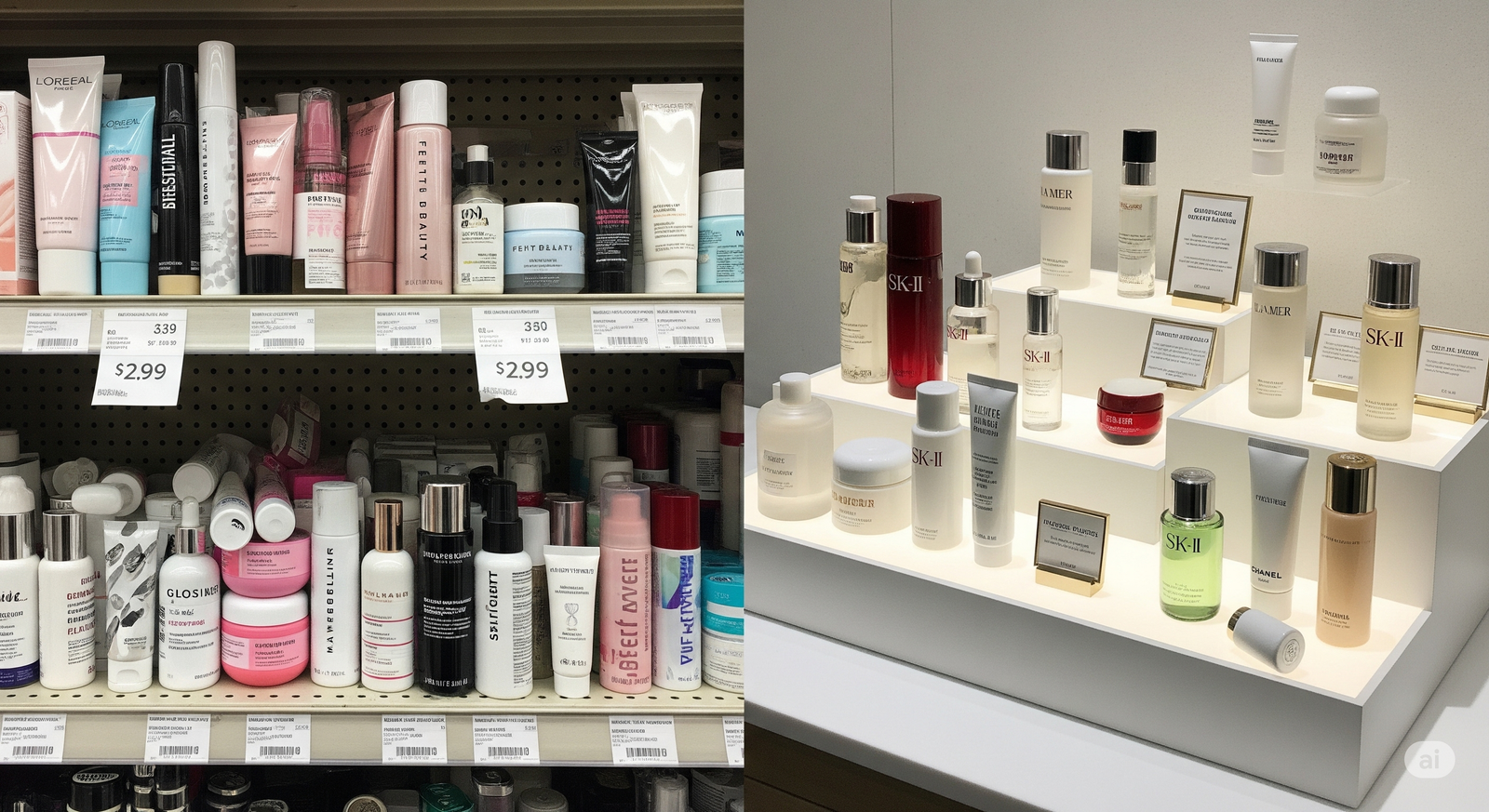
Eco-Friendly Packaging: A Brand Differentiator in 2025 Beauty Market
Discover how sustainable beauty packaging and eco-friendly innovations are reshaping brand loyalty in 2025. Backed by Admigos sustainability analytics and trends.
